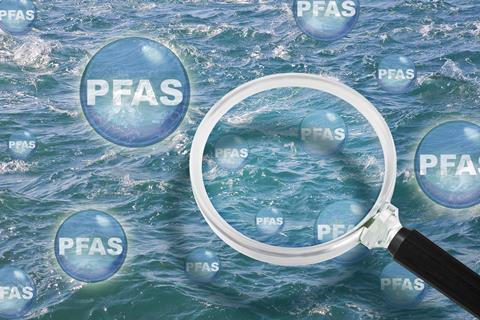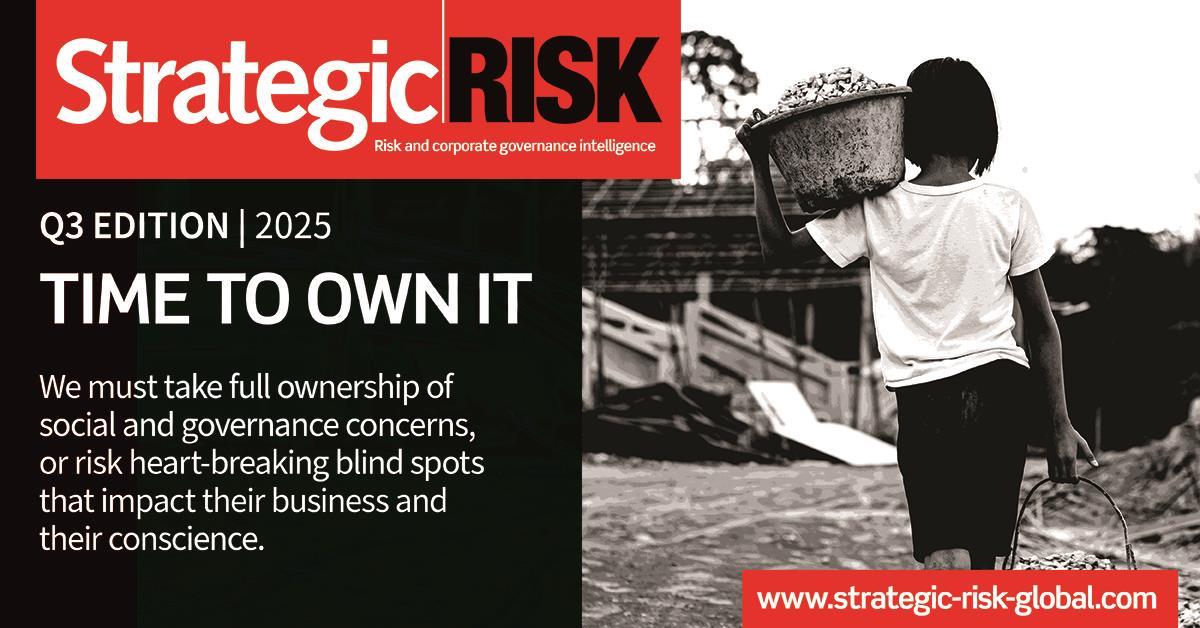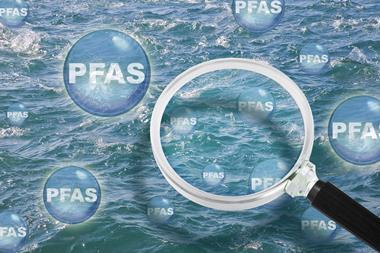Risk managers and businesses have been warned that they need to act now in advance of a rising threat of legal actions over the use of “forever chemicals”
Polyfluoroalkyl substances (PFAS), dubbed forever chemicals, have been mass produced and widely used for decades. They have been used in almost every aspect of life from firefighting foam to food packing but there are growing fears over their impact to human health.
They are used for their water, grease, and stain-resistant properties in products like non-stick cookware, food packaging, water-repellent clothing, and firefighting foams. The active substances in pesticides can also be PFAS.

Fears around the health impacts have prompted a range of class action lawsuits in the United States which have seen two of the biggest PFAS manufacturers sued for billions.
The United States government has taken manufacturers to court over water contaminated by PFAS. DuPont was sued last year for $1.2 billion and water providers sued 3M earlier this year for $12.5 billion for polluting drinking water supplies across the US.
However the use of PFAS and the discovery of the pollutants has become a global issue.
Understanding the threats
Earlier this month the European Environment Agency issued its own research paper on the threat.
It said based on 2022 data from about 1,300 monitoring sites in Europe, 59% of sites in rivers, 35% of sites in lakes, and 73% of sites in transitional and coastal waters exceeded the environmental quality standard for PFOS. PFOS is one of the approximate 10,000 compounds in the large group of PFAS.
The EEA briefing notes that it is still hard to draw conclusions on the extent of the problem across Europe, due to uncertainties and gaps in the reported data.
“However, the results do highlight a challenge in delivering on the objectives of the zero pollution ambition for a toxic-free environment and in achieving good chemical status under the Water Framework Directive,” it adds.
Polly Sayers, legal advisor at law firm HCR says the litigation which has been growing in the United States had already spread to Europe and Australia, creating the need for risk managers to identify if PFAS are within their operation and production and if so, take urgent staps to address their use before legislation prompts litigation.
Sayers adds: “It is hard to put a timeline on when we will see significant levels of litigation outside of the US.
“The chemicals are used in a wide range of goods, from firefighting, foam, plastics and fast food take away boxes”
“Cases have already been brought in Europe and in Australia where the government was forced to pay large sums to homeowners whose properties were polluted by PFAS in firefighting foam.
“While the United States is a very specific legal system Australia is quite similar to the United Kingdom and businesses have to take the view that claims are closing in.”
In Europe six countries including Sweden, Belgium and The Netherlands have already seen PFAS cases tabled in the courts and Sayers says it is just a matter of time before the UK sees its first court action.
“It is very much a case now of when not if we will see the spread of litigation,” Sayers explains. “We have seen class actions in the US against the manufacturers of PFAS Dupont and 3M. They have been sued for their manufacturer of the chemicals and their impact in the environment and human health.”
However Sayers says that while the manufacturers have been in the litigants’ sights, there is already a move to sue those companies which use PFAS in their products and the operations.
“The chemicals are used in a wide range of goods, from firefighting, foam, plastics and fast food take away boxes,” she adds. “As the action against the manufactures cease production, we are likely to see litigation against companies who use the chemicals in their products.”
How risk managers can respond
Risk managers must urgently identify if PFAS are within their production lines and understand the risks of litigation arising from any use.
What will made the risk manager’s job harder is the fact that the science and regulations remain in their infancy.
“Risk managers need to ask themselves: ‘What are PFASs, do we use them in our business, and will they be an issue for us?’,” Sayers explains.
“You need to examine the data to see where the exposures lie. It is a fast emerging threat”
“We have seen some huge settlements and claims are getting ever more creative in terms of proving liability. It is pretty easy to prove liability against those who manufacture the chemicals, and while is certainly harder to do so for against those businesses which use the chemicals, claimants are looking at new ways to do so.”
She adds: “The science around PFAS and their impact on the environment and health is still be developed which makes the risk manager’s task all the harder.
“Our advice is that you need to keep track of the science and the regulations and if a new chemical is added to the list of PFAS, check if it is part of your production process.
“You need to examine the data to see where the exposures lie. It is a fast emerging threat but at present it is still emerging. It is also difficult as jurisdictions are using different classifications as to what PFAS are.”














No comments yet